-
 Bitcoin
Bitcoin $117500
2.15% -
 Ethereum
Ethereum $3911
6.19% -
 XRP
XRP $3.316
10.79% -
 Tether USDt
Tether USDt $1.000
0.01% -
 BNB
BNB $787.2
2.24% -
 Solana
Solana $175.2
4.15% -
 USDC
USDC $0.9999
0.00% -
 Dogecoin
Dogecoin $0.2225
8.40% -
 TRON
TRON $0.3383
0.28% -
 Cardano
Cardano $0.7868
6.02% -
 Stellar
Stellar $0.4382
9.34% -
 Hyperliquid
Hyperliquid $40.92
7.56% -
 Sui
Sui $3.764
7.63% -
 Chainlink
Chainlink $18.48
10.66% -
 Bitcoin Cash
Bitcoin Cash $582.1
1.88% -
 Hedera
Hedera $0.2601
6.30% -
 Avalanche
Avalanche $23.33
4.94% -
 Ethena USDe
Ethena USDe $1.001
0.02% -
 Litecoin
Litecoin $122.3
2.04% -
 UNUS SED LEO
UNUS SED LEO $8.969
-0.27% -
 Toncoin
Toncoin $3.339
0.86% -
 Shiba Inu
Shiba Inu $0.00001287
4.30% -
 Uniswap
Uniswap $10.43
7.38% -
 Polkadot
Polkadot $3.861
5.08% -
 Dai
Dai $1.000
0.02% -
 Bitget Token
Bitget Token $4.513
3.41% -
 Monero
Monero $267.7
-6.18% -
 Cronos
Cronos $0.1499
4.14% -
 Pepe
Pepe $0.00001110
5.15% -
 Aave
Aave $284.9
8.28%
What is the best hardware wallet for Elastos (ELA) coin?
Elastos (ELA), a trailblazing blockchain platform, allows for the development and deployment of decentralized applications (dApps) in a secure setting.
Dec 31, 2024 at 03:09 am
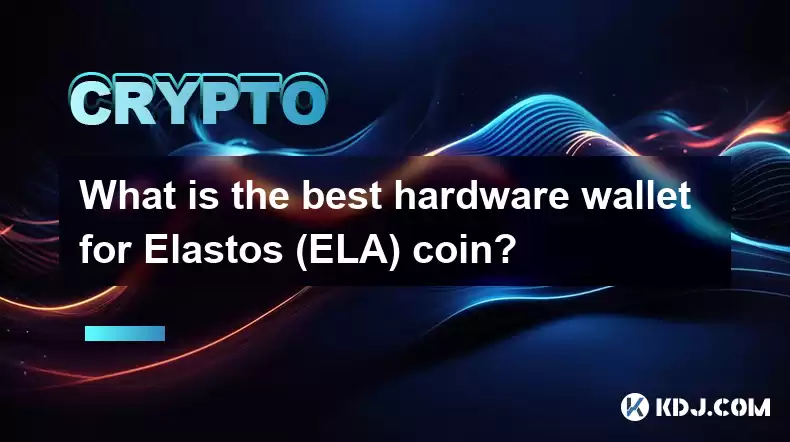
Key Points
- Overview of Elastos (ELA) and its importance in the cryptocurrency landscape
- Factors to consider when choosing a hardware wallet for ELA storage
- Detailed comparison of popular hardware wallets suitable for ELA storage
- Step-by-step guide on how to set up and use a hardware wallet to store ELA
- Frequently Asked Questions (FAQs) related to Elastos (ELA) hardware wallets
1. Elastos (ELA) Overview
Elastos (ELA) is a pioneering blockchain platform that enables the creation and deployment of decentralized applications (dApps) in a secure and scalable environment. By bridging the gap between blockchain technology and traditional web services, ELA empowers developers to build innovative applications without the limitations of centralized platforms.
The ELA token serves as the native currency within the Elastos ecosystem, facilitating transactions, incentivizing network participants, and providing governance rights to token holders. ELA is highly valued in the cryptocurrency community for its potential to revolutionize the dApp industry.
2. Choosing a Hardware Wallet for ELA:
Selecting a hardware wallet for ELA storage requires careful consideration of several factors:
- Security: Hardware wallets offer robust security measures to safeguard your ELA from unauthorized access or theft.
- Compatibility: Ensure that the wallet supports ELA storage. Not all hardware wallets are compatible with ELA.
- Ease of Use: The wallet should have a user-friendly interface and intuitive navigation to simplify the storage and management of your ELA assets.
- Customer Support: Choose a wallet provider with reliable customer support to assist you with any queries or technical difficulties.
3. Comparing Hardware Wallets for ELA:
a) Ledger Nano X:
Ledger Nano X is a renowned hardware wallet that provides unparalleled security and convenience. Its advanced features include a Bluetooth connection, allowing wireless interaction with your smartphone. Ledger's strong security measures, including a secure element (SE) chip, ensure the protection of your ELA.
b) Trezor Model T:
Trezor Model T is another highly secure hardware wallet with an intuitive touchscreen interface. It features a hidden display that protects your private keys during transactions. Trezor's advanced security protocols and compatibility with various cryptocurrencies make it a popular choice among ELA enthusiasts.
c) SafePal S1:
SafePal S1 is a compact and affordable hardware wallet that strikes a balance between security and accessibility. Its Bluetooth functionality enables easy pairing with mobile devices, while its large touchscreen display simplifies navigation. SafePal's compatibility with multiple cryptocurrencies and its low cost make it an attractive option for ELA storage.
4. Setting Up a Hardware Wallet for ELA:
Steps:
- Acquire a Hardware Wallet: Purchase a reputable hardware wallet that supports ELA, such as the Ledger Nano X, Trezor Model T, or SafePal S1.
- Initialize the Device: Connect the wallet to a computer or smartphone and follow the on-screen instructions to set up a PIN and recovery seed phrase.
- Install ELA Wallet: Download the official ELA wallet application or an alternative wallet compatible with your hardware wallet.
- Connect the Wallet: Connect the hardware wallet to the wallet application using the provided USB cable or Bluetooth connection.
- Create an ELA Account: Within the wallet application, create an ELA account or import an existing one using your private key or recovery seed phrase.
- Transfer ELA: Send ELA from an exchange or another wallet to your hardware wallet address.
- Store Safely: Disconnect the hardware wallet and store it in a secure location.
5. FAQs:
Q: What is the best hardware wallet for storing ELA?
A: The best hardware wallets for ELA storage include Ledger Nano X, Trezor Model T, and SafePal S1. All three offer exceptional security, ease of use, and ELA compatibility.
Q: How secure are hardware wallets for ELA storage?
A: Hardware
Disclaimer:info@kdj.com
The information provided is not trading advice. kdj.com does not assume any responsibility for any investments made based on the information provided in this article. Cryptocurrencies are highly volatile and it is highly recommended that you invest with caution after thorough research!
If you believe that the content used on this website infringes your copyright, please contact us immediately (info@kdj.com) and we will delete it promptly.
- FTT Token's Wild Ride: Creditor Repayments vs. Market Drop - A New Yorker's Take
- 2025-08-08 07:10:12
- Floki Crypto Price Prediction: Riding the Robinhood Rocket or Just a Meme?
- 2025-08-08 07:15:12
- EigenLayer, Restaking, and Ethereum: Navigating the Hype and the Hazards
- 2025-08-08 06:30:12
- Super Bowl 59: Jon Batiste to Jazz Up the National Anthem
- 2025-08-08 06:30:12
- Cold Wallet Crypto in 2025: The Future is Now, Ya'll
- 2025-08-08 05:10:13
- MAGACOIN, SOL, and ADA: A Tale of Shifting Tides in Crypto
- 2025-08-08 05:10:13
Related knowledge

Where can I buy UMA (UMA)?
Aug 07,2025 at 06:42pm
Understanding UMA and Its Role in Decentralized FinanceUMA (Universal Market Access) is an Ethereum-based decentralized finance (DeFi) protocol design...
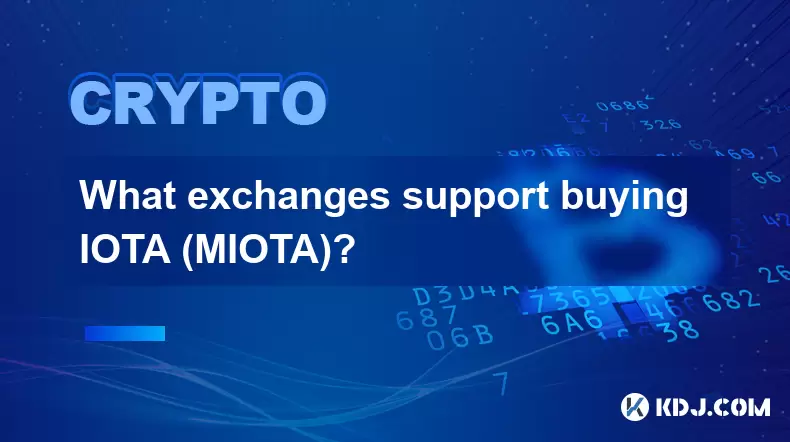
What exchanges support buying IOTA (MIOTA)?
Aug 07,2025 at 09:58pm
Understanding the Role of Private Keys in Cryptocurrency SecurityIn the world of cryptocurrency, private keys are the cornerstone of ownership and con...
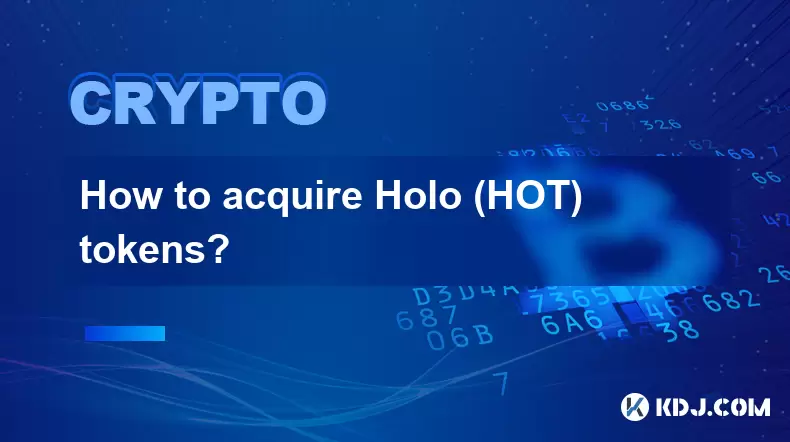
How to acquire Holo (HOT) tokens?
Aug 08,2025 at 05:56am
Understanding Holo (HOT) and Its EcosystemHolo (HOT) is a cryptocurrency token associated with the Holo ecosystem, which is built on the Holochain fra...
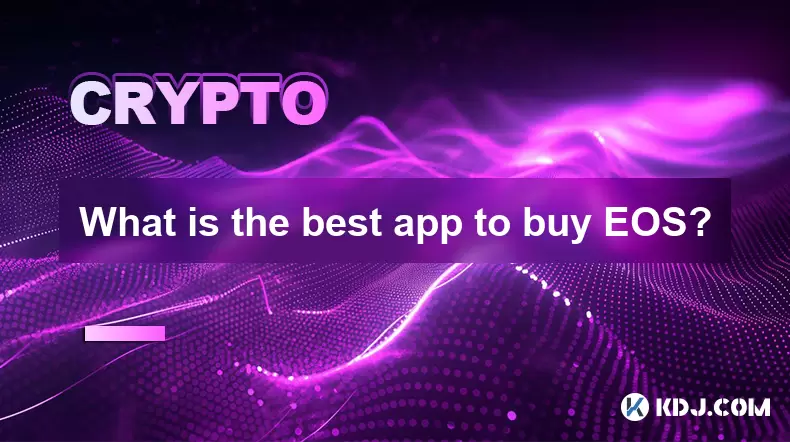
What is the best app to buy EOS?
Aug 07,2025 at 04:35pm
Understanding EOS and Its Role in the Cryptocurrency EcosystemEOS is a blockchain platform designed to support decentralized applications (dApps) with...
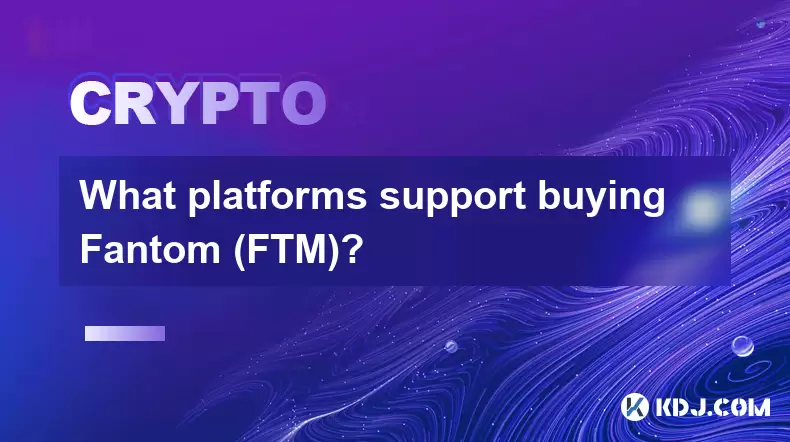
What platforms support buying Fantom (FTM)?
Aug 08,2025 at 01:56am
Overview of Fantom (FTM) and Its EcosystemFantom (FTM) is a high-performance, scalable, and secure layer-1 blockchain designed to overcome the limitat...
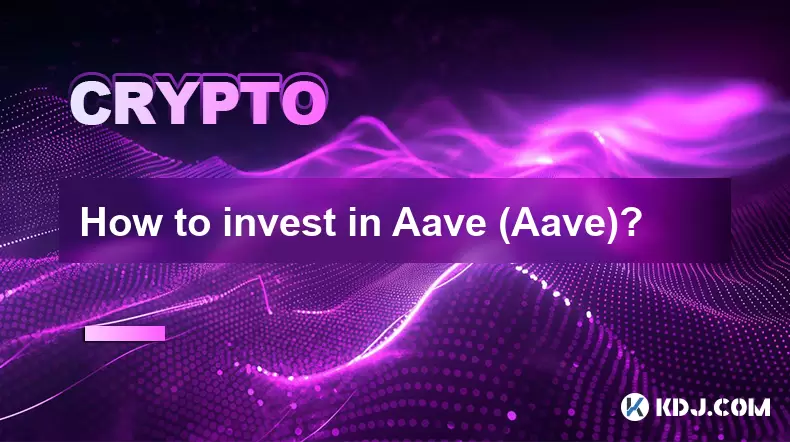
How to invest in Aave (Aave)?
Aug 08,2025 at 01:07am
Understanding Aave (AAVE) and Its Role in DeFiAave is a decentralized finance (DeFi) protocol that enables users to lend, borrow, and earn interest on...

Where can I buy UMA (UMA)?
Aug 07,2025 at 06:42pm
Understanding UMA and Its Role in Decentralized FinanceUMA (Universal Market Access) is an Ethereum-based decentralized finance (DeFi) protocol design...

What exchanges support buying IOTA (MIOTA)?
Aug 07,2025 at 09:58pm
Understanding the Role of Private Keys in Cryptocurrency SecurityIn the world of cryptocurrency, private keys are the cornerstone of ownership and con...

How to acquire Holo (HOT) tokens?
Aug 08,2025 at 05:56am
Understanding Holo (HOT) and Its EcosystemHolo (HOT) is a cryptocurrency token associated with the Holo ecosystem, which is built on the Holochain fra...

What is the best app to buy EOS?
Aug 07,2025 at 04:35pm
Understanding EOS and Its Role in the Cryptocurrency EcosystemEOS is a blockchain platform designed to support decentralized applications (dApps) with...

What platforms support buying Fantom (FTM)?
Aug 08,2025 at 01:56am
Overview of Fantom (FTM) and Its EcosystemFantom (FTM) is a high-performance, scalable, and secure layer-1 blockchain designed to overcome the limitat...

How to invest in Aave (Aave)?
Aug 08,2025 at 01:07am
Understanding Aave (AAVE) and Its Role in DeFiAave is a decentralized finance (DeFi) protocol that enables users to lend, borrow, and earn interest on...
See all articles

























































































